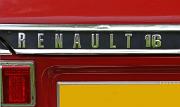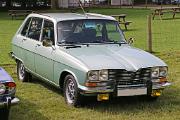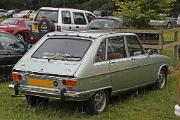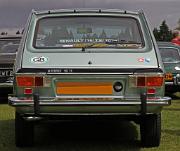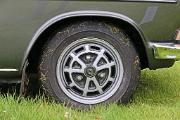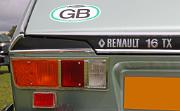
aa Renault 16 TX 1978 badge
Renault 16 TX 1978 - badge on hatchback. The opening of the hatchback shows a curved line on each edge which was oroginally filled with lozenge-shaped rear lamps which were replaced in 1970
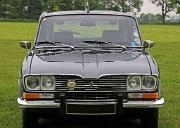
ac Renault 16TX 1977 head
Renault 16TX 1977. The 16 TX was given the 1,647cc engine with a 5-speed gearbox
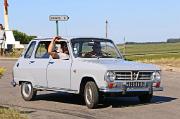
Renault 6 1970 front
Renault 6 1970, with 845cc engine from its sibling the Renault 4, but an 1,108cc engine was available from 1970, and a new grille was given in 1973 with square headlamps
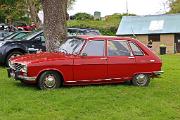
Renault 16 TL 1972 frontr
Renault 16 TL 1972. Launched in 1965 with a new aluminium 1,470cc 4-cylinder engine, from 1970 a 1,565cc unit was given after a minor restyle.
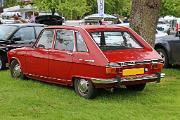
Renault 16 TL 1972 rear
Renault 16 TL 1972. Originally conceived as Projet 114 which was to have been a conventional 3-box design with front engine and rear wheel drive to replace the Renault Fregate, it was reworked as Projet 115 into the iconic hatchback design by Gaston Juchet and engineer Prost-Dame

s Renault 16 TL 1972 side
Renault 16 TL 1972. Originally conceived as Projet 114 which was to have been a conventional 3-box design with front engine and rear wheel drive to replace the Renault Fregate, it was reworked as Projet 115 into the iconic hatchback design by Gaston Juchet and engineer Prost-Dame
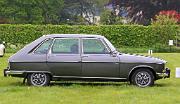
s Renault 16TX 1977 side
Renault 16TX 1977. The Renault 16 was voted European Car of the Year in 1965
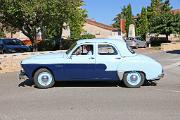
s Renault Fregate 1956 Grand Pavois side
Renault Fregate 1956 Grand Pavois. The shape of the Renault Dauphine (launched in 1952) can be seen in this view. Robert Barthaud worked on both the Fregate and also the Dauphine with Jacques Ousset. The two tone paint scheme was given to the Grand Pavois package.
All images and content of this site is the copyright of Simon GP Geoghegan
